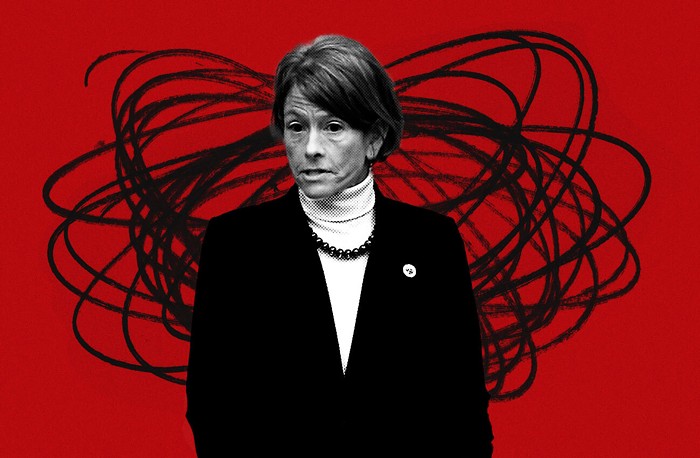In a bright church basement in Ballard last week, the members of the ultraliberal "Thundering 36th" District Democrats heard pitches from environmentalists arguing that they should endorse an $11 billion proposal that would pay for 50 new miles of light rail throughout the Puget Sound region. Light-rail supporters, including district treasurer Jason Bennett and Futurewise field director Megan Blanck-Weiss, argued that the vote might represent the region's last chance to fund a massive light-rail expansion. "This represents a real investment in transit," Blanck-Weiss said. "It absolutely is good for the region."
But despite the environmentalists' efforts, the measure failed to win endorsement—an echo of the previous night's executive board meeting, where a proposal to support endorsing the measure outright ended in a stalemate, with "pro" votes outnumbering "cons" by only 13 to 9.
Why would the liberal 36th reject a proposal that indisputably would change Seattle's transit picture for the better? Because that rail expansion comes saddled with hundreds of new miles of pavement, including expansion of I-405 on the Eastside and a larger SR-520 bridge across Lake Washington. In all, the light-rail package is linked to $7 billion in road expansion and improvement projects, making it difficult for some environmentalists—and others who just don't want to see taxes increase to pay for roads—to support.
The close vote at the 36th echoes a recent citywide poll by Stuart Elway on the measure, showed support hovering at around 54 percent, down from 57 percent in June.
The roads part of the package takes this off the no-brainer list for environmentalists. Building new road capacity seems to cancel out the environmental benefits of building new transit. Although pretty much everyone agrees that 50 miles of new light rail is a good thing, enviros continue to bicker about the percentage of "good" versus "bad" roads on the roads side of the proposal. The Transportation Choices Coalition, which is supporting the package, believes only 15 percent of the entire package, or about $2.6 billion, is made up of "bad" roads. They count HOV lanes, the 520 expansion, and freight corridors as "good" roads, because they aren't intended to serve new single-occupancy cars.
On the other side are groups like the Sierra Club, whose own analysis places the percentage of "bad" roads at about 30 percent of the total package, or $5.2 billion. The main reason for the difference is that the Sierra Club bumps 520 into the "bad" column (because it will take out acres of the arboretum and destroy much of Marsh Island), and includes HOV lanes and freight lanes among bad roads—reasoning that both either preserve or expand capacity for single-occupancy cars.
Supporters shoot back that if the package fails, it'll be at least 2009 before Sound Transit is on the ballot again. Since transit projects in our region historically have not come back to the ballot a second time larger than the first, this is probably our only chance to get as much light rail as this package offers. "There is a fundamental belief [among the no voters] that a transit package could come back and win next year, and I don't think that's true," Bennett says. ![]()


















